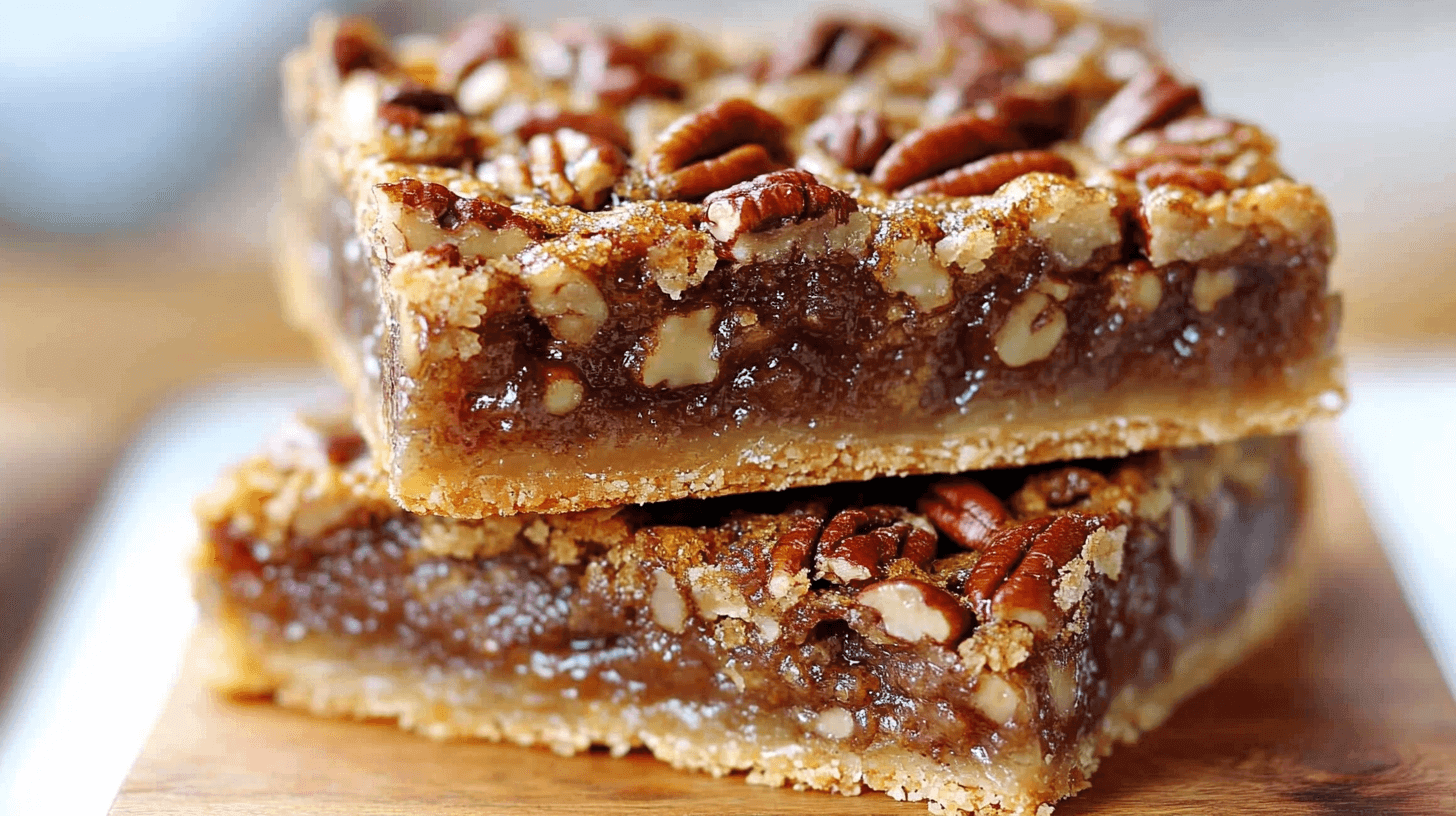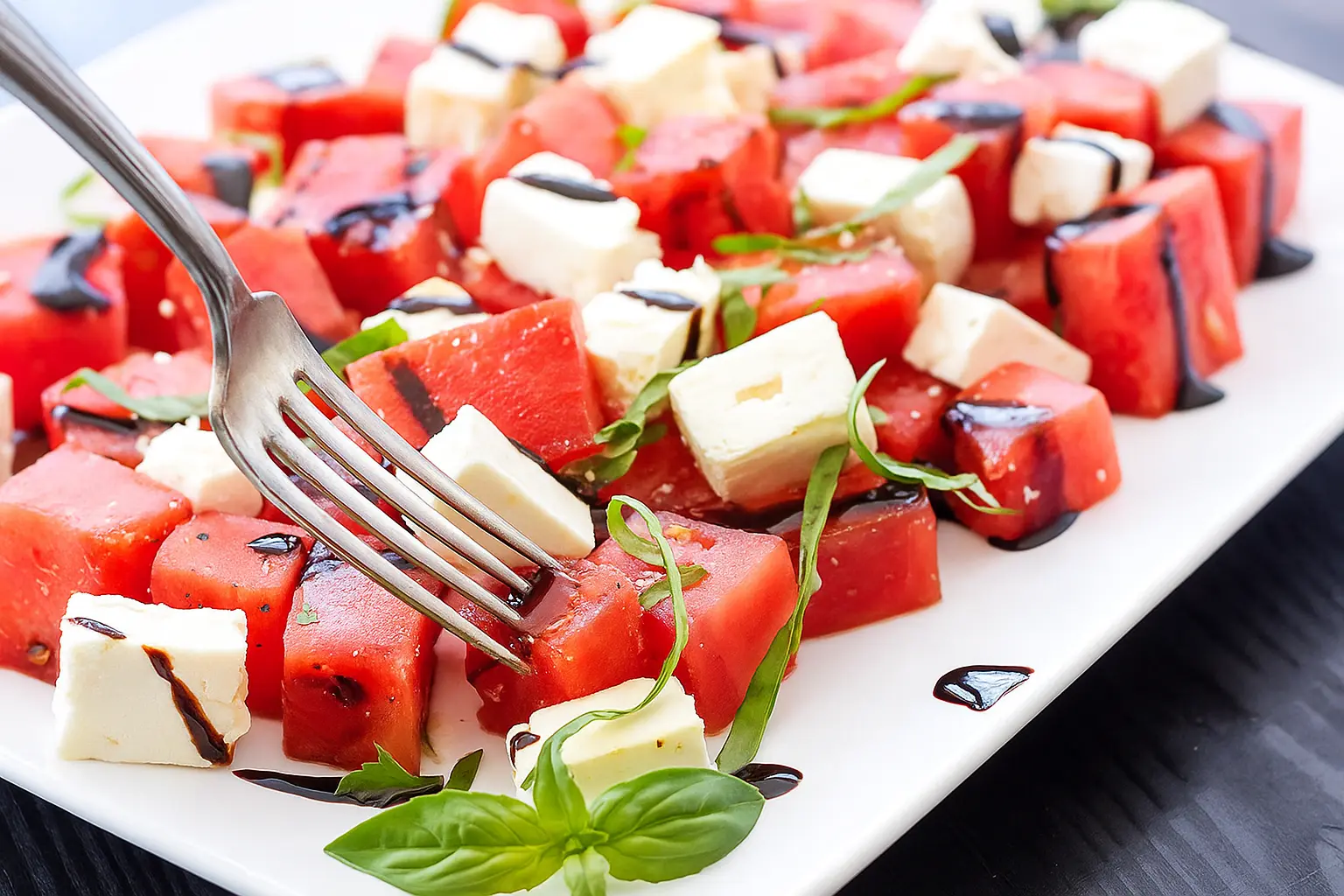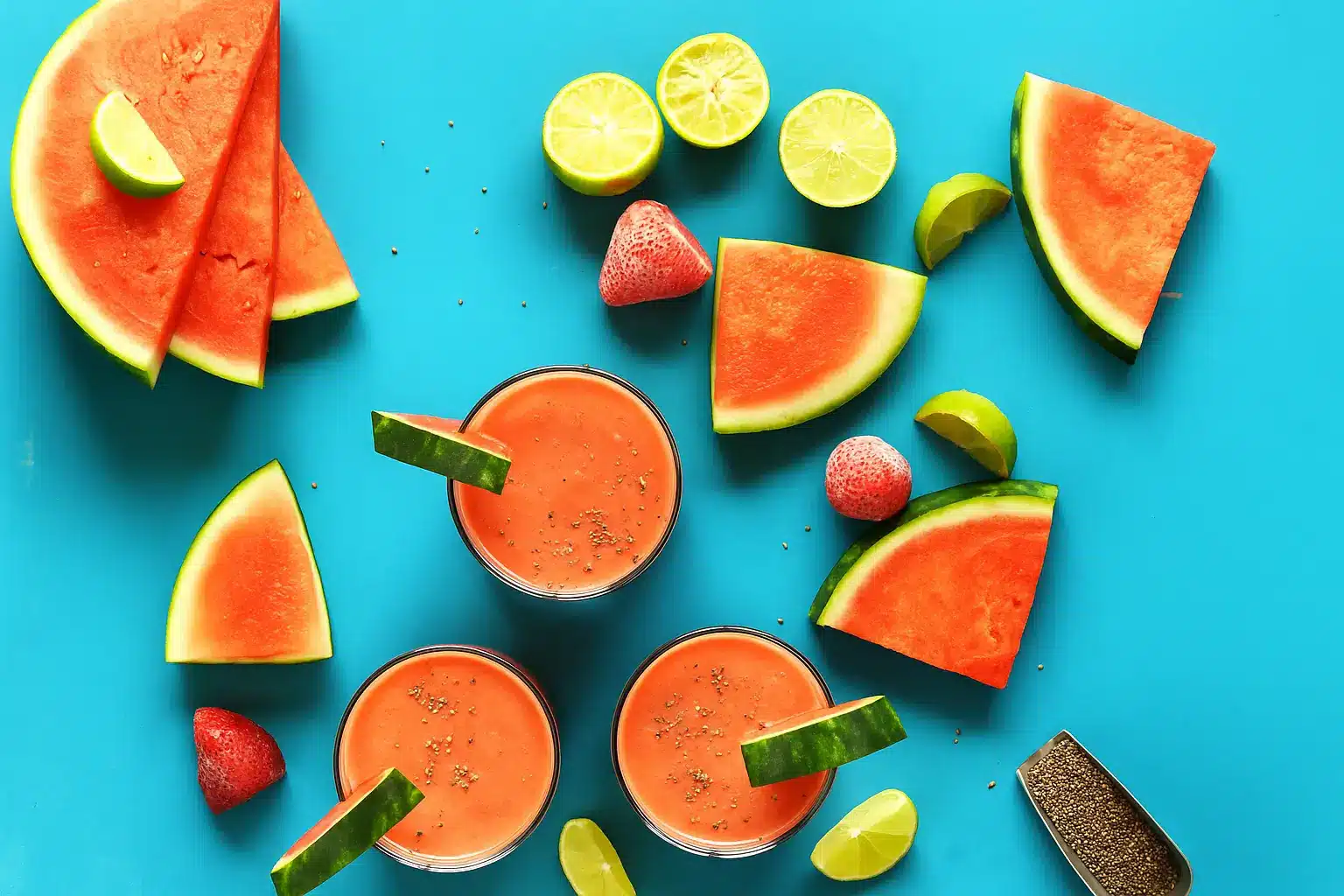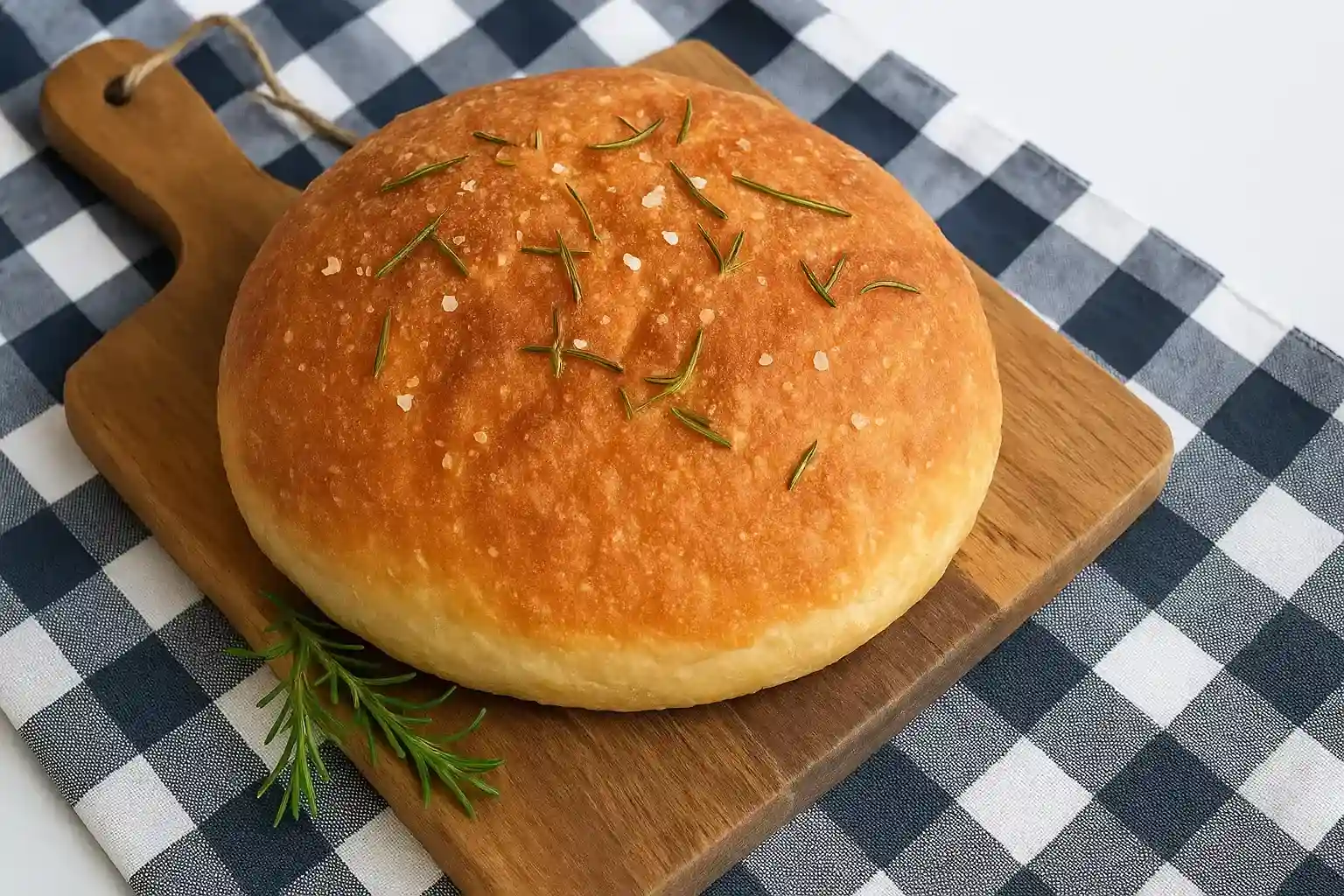Beef tallow is a rich, traditional cooking fat that’s made by rendering beef fat slowly until it becomes golden and shelf-stable. Once a staple in kitchens around the world, tallow is making a modern comeback—thanks to its high smoke point, long shelf life, and incredible flavor. Learn how to render your own tallow with just a few simple tools and techniques.
🧾 What Is Beef Tallow?
Beef tallow is rendered fat, typically from suet (the hard fat around the kidneys). Once melted down and strained, it becomes a shelf-stable, creamy fat that’s solid at room temperature. With a high smoke point and rich flavor, it’s a must-have for traditional cooking and more!
🛠️ Tools & Ingredients
🧂 Ingredients
- 5 lbs beef fat (preferably suet)
- 1 cup water (to prevent burning)
🧰 Equipment
- Sharp knife
- Slow cooker or heavy-bottomed pot
- Fine mesh strainer or cheesecloth
- Jars or containers for storage
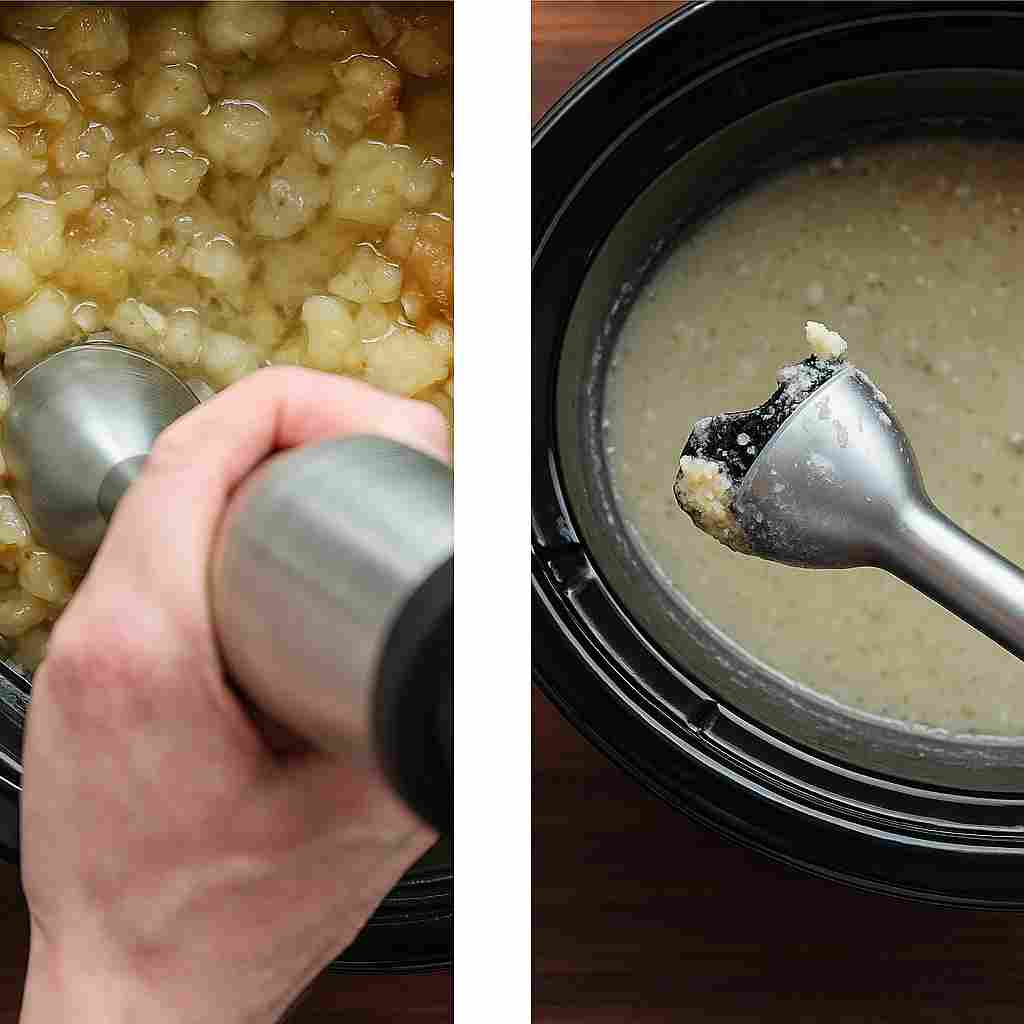
👨🍳 Step-by-Step Instructions
🔪 1. Prep the Fat
- Thaw the beef fat if frozen
- Trim off blood spots or meat
- Chop into small, even pieces
🥘 2. Begin Rendering
- Add fat to slow cooker or pot
- Pour in water
- Set to low or 325°F and cook slowly, stirring occasionally
🌀 3. Optional: Blend
- For faster results, use an immersion blender once the fat softens
🔁 4. Monitor the Process
- The fat will turn clear with bubbles
- Stop before it darkens or smells burnt
🧴 5. Strain & Store
- Carefully strain hot fat through a cheesecloth
- Pour into clean jars
- Let cool and solidify
🍳 Ways to Use Beef Tallow
- Frying & Roasting: Perfect for crispy potatoes or seared meats
- Baking: Amazing in pie crusts or biscuits
- Skincare: A natural base for salves and moisturizers
- Soap Making: A traditional base for long-lasting soaps
❄️ Storage Instructions
- Refrigerator: Up to 3–4 months in a sealed jar.
- Freezer: Store for up to 1 year.
- Shelf-stable: If strained well and kept airtight in a cool pantry, it can last a few weeks.
Make sure it’s completely cooled and sealed tightly to avoid spoilage.
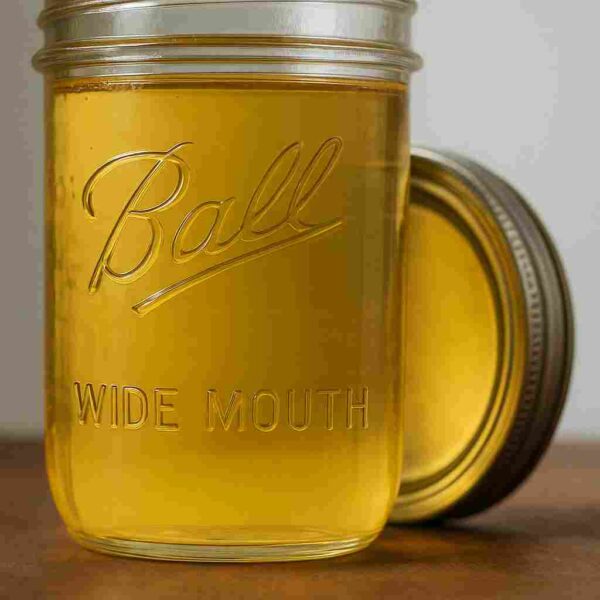
🥩 How to Make Beef Tallow at Home
Equipment
- Slow cooker
- Sharp knife and cutting board
- Fine mesh strainer
- Cheesecloth
- Heatproof glass jars or containers
Ingredients
- 4 –5 lbs of beef fat preferably suet from around the kidneys
- 1 cup water
Instructions
- Prepare the Fat
- Trim any meat or connective tissue and cut fat into small, uniform chunks. This helps it render evenly and efficiently.
- Load the Slow Cooker
- Place the fat into the slow cooker. Add 1 cup of water to prevent scorching in the early stages.
- Render the Fat
- Set the slow cooker to high with the lid off. Stir occasionally. Over several hours, the fat will melt and golden cracklings will separate.
- Strain the Tallow
- Once the fat is fully rendered and liquid is clear, carefully pour it through a cheesecloth-lined mesh strainer into heatproof containers to filter out impurities.
- Cool and Store
- Let it cool at room temperature until solid. Cover and store in the fridge for up to several months.
Notes
🔍 Nutrition Information (Per tablespoon)
- Calories: 115
- Fat: 13g
- Saturated Fat: 6g
- Carbohydrates: 0g
- Protein: 0g
- Cholesterol: 14mg
💡 Tips for Success
- Use suet for best results: It has a cleaner flavor and higher quality fat.
- Cut evenly: Small, even cubes render more efficiently.
- Don’t rush: Low and slow prevents burning and preserves flavor.
- Use cheesecloth: For the clearest, purest final product.
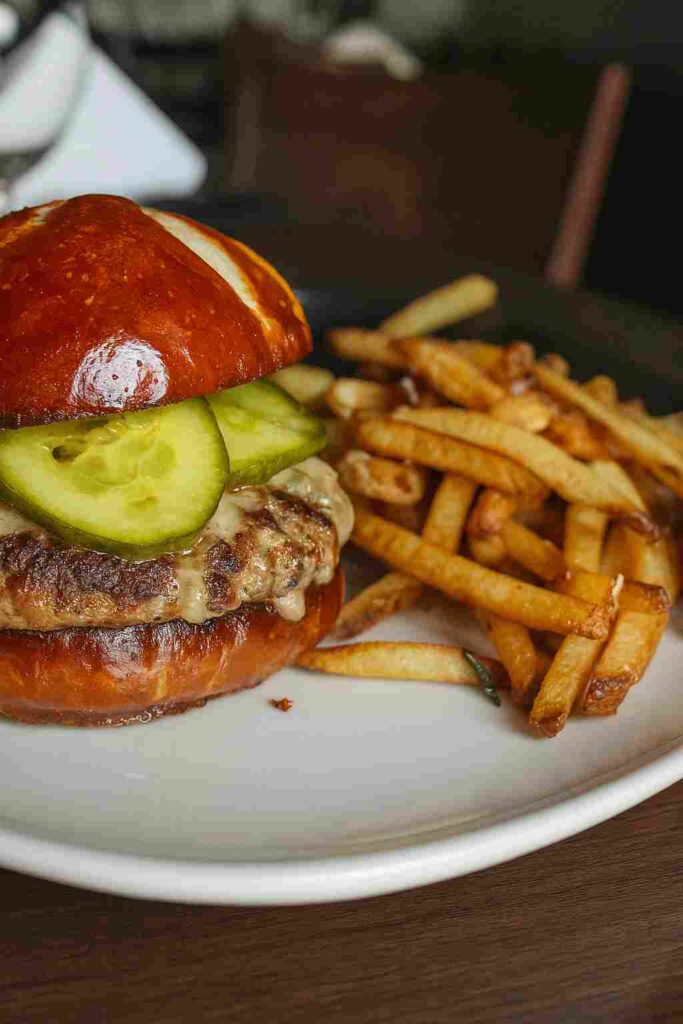
🔄 Variations & Uses
- Cooking: Perfect for roasting vegetables, searing steaks, and frying potatoes.
- Baking: Use in place of butter or shortening for flakier pie crusts.
- Skincare: Tallow can be used in homemade balms and soaps.
- Candle making: A traditional, natural fat for DIY candles.
- Homesteading: A staple fat for self-sufficient kitchens.
🔍 Nutrition Information (Per tablespoon)
- Calories: 115
- Fat: 13g
- Saturated Fat: 6g
- Carbohydrates: 0g
- Protein: 0g
- Cholesterol: 14mg
❓ FAQs
Can I use fat from any part of the cow?
Yes, but suet (kidney fat) renders the cleanest and best-smelling tallow.
Why add water to the fat?
It prevents burning before the fat starts rendering. It’ll cook off during the process.
How do I know when it’s done?
The tallow will be clear with golden-brown cracklings (the leftover solids).
Does it smell bad while cooking?
If done right with clean fat and slow heat, it should smell mild and savory.
Can I use the leftover cracklings?
Absolutely! Salt and eat them as a crunchy snack or add them to dishes for extra flavor.
✅ Final Thoughts
Beef tallow is more than just old-school—it’s incredibly useful in modern cooking. With a high smoke point, deep flavor, and long shelf life, it’s an all-purpose fat you’ll want in your kitchen. Plus, rendering it at home is simple, economical, and connects you to generations of culinary tradition. 🥩🔥







